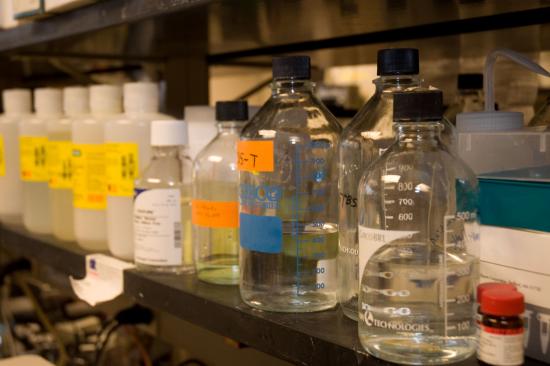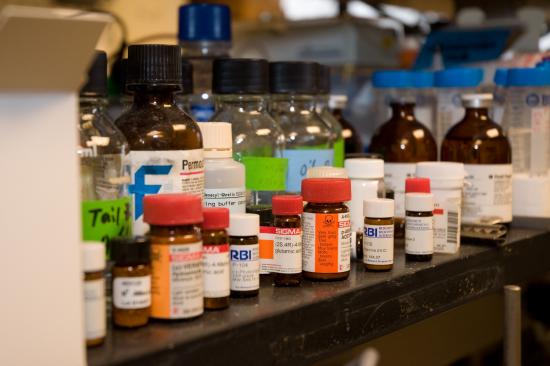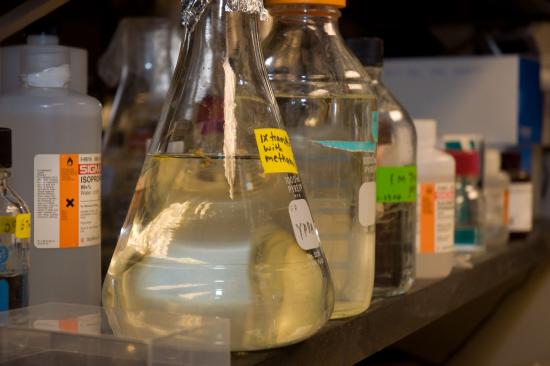Molecular Characterization
In research on the molecular characterization of GSTT2, our investigators found this enzyme was differently expressed in the esophagus in African Americans compared to Caucasians, with abundant expression in African Americans. Our work supports that elevated GSTT2 levels may confer a protective effect against the DNA damage caused by GERD. This may explain the rarity of esophageal adenocarcinoma in African Americans even though they suffer from reflux at similar rates as Caucasians.
Building on this work, we also found that the gene that encodes the GSTT2 protein can be induced in both human esophageal cells and the rat esophagus using cranberry constituents. In addition, we showed that the esophageal cells in rats given C-PAC maintained their expression of GSTT2. The work suggests that C-PAC may have potential as a protective agent in patients at elevated risk for Barrett’s metaplasia and cancer development.
Earlier in vitro and in vivo work on C-PAC found that cranberry extract can inhibit esophageal adenocarcinoma and identified molecular alterations, changes in the microbiome profile and changes in bile acid metabolites. Investigators also were the first to report that C-PAC induced autophagy served as a cancer cell death mechainism in EAC cell lines and in EAC patients was inversely linked to cancer stage and grade.
Targeting Energy Metabolism
In mouse models of lung cancer, we showed that mitochondria-targeting lonidamine (mito-LND) inhibits cancer growth and metastasis as well as clarified the mechanisms and signaling pathways involved. This included identifying autophagy induction as a mechanism of cancer cell death. We further showed that, even at high doses, mito-LND didn’t cause the toxicities we see with many anti-cancer drugs.
Biomarker Development
We have identified four microRNA molecules present in serum that, when used in combination, can noninvasively detect early non-small cell lung cancer (NSCLC) with high sensitivity. This is an important breakthrough since about 75% of patients have later-stage disease by the time they are diagnosed.
In related work, we identified a seven-gene "predictive signature" to assess the benefits of chemotherapy and the risk of recurrence in non-small cell lung cancer. Some of the proteins expressed by these genes may also serve as promising targets for immunotherapy.





